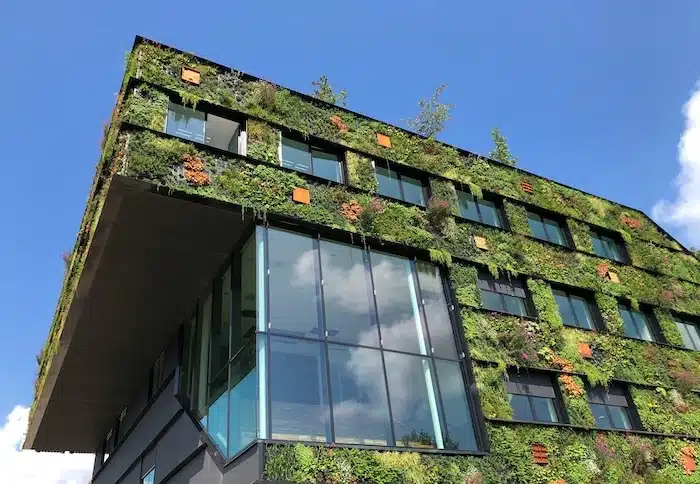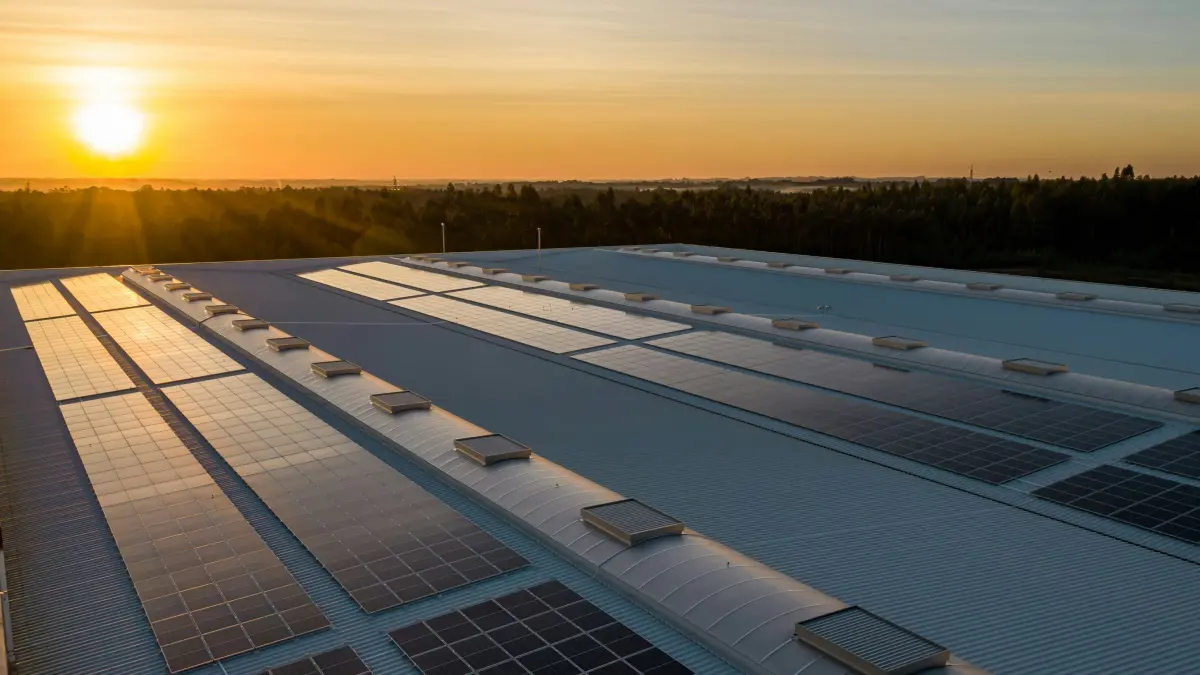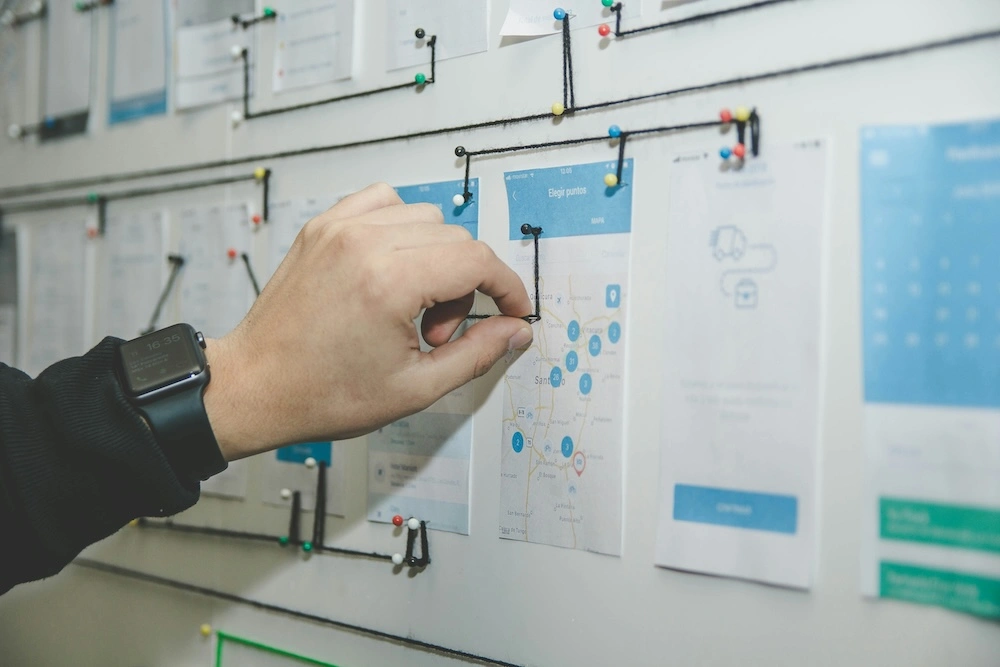Due to increasing pressure from legislation, rising energy costs, and ESG requirements, it has become increasingly important to integrate sustainability efforts centrally within property management – from both a climate and business perspective. With the right digital support, the conditions for achieving sustainability goals are significantly improved.
Creating sustainable property management involves incorporating environmental, social, and economic sustainability principles into the management of your buildings. This work can include measures such as improving energy efficiency, using sustainable building materials, waste management, and ensuring well-planned, effective maintenance tailored to the specific conditions of each property. For instance, a long-term sustainable strategy for a newly constructed building will look different from one for an older property, due to differing prerequisites.
Mapping, efficiency, and proactive maintenance
A solid foundation of sustainable property management includes efficient operation and maintenance, sound property economics, and reduced environmental impact. Several industrial companies have achieved long-term financial and environmental gains by embedding sustainability into their property management practices. Solutions that contribute to this include enhanced use of IoT and AI, smart controls, and digital twins.
Energikartläggningar samt åtgärdsplaner kopplade till LCA (livscykelanalys) och LCC (livscykelkostnad) är andra viktiga steg på vägen mot en mer långsiktigt hållbar fastighetsförvaltning. I underhållsarbetet handlar det även om att väga in och prioritera nya satsningar när det gäller energieffektivisering, materialval, vattenhantering, avfall, cirkularitet och digitalisering.
In recent years, the requirements for sustainability reporting have intensified. Regulations such as the CSRD (Corporate Sustainability Reporting Directive) place pressure on financial management, while rising energy and maintenance costs add strain on businesses and property owners. Property management represents a significant emissions category in sustainability reporting. Through careful planning and optimisation, substantial cost savings and environmental benefits can be realised.
Another critical success factor is internal collaboration between the technical, finance, and environmental & sustainability departments, as well as a strategic focus on preventive maintenance.
The role of technology in sustainable property management
A technology-driven approach to property management increases the ability to support various sustainability initiatives. It also enables integration and automation of different operational elements, benefiting both technical and financial management. When operations and maintenance strategies are aligned with sustainability goals, a property management system can become a valuable tool, adding a new dimension while also improving regulatory compliance.
Industrial companies with modern systems and digital workflows are a step ahead. Centralising all property data digitally allows for monitoring and aggregating information from key points such as electricity, heating, and water usage throughout the building – all in real time. Other metrics may include waste management, gas consumption, steam, air pressure, temperature, and solar energy (produced, delivered, and sold).
Having the right data at the right time enables optimised operations and maintenance planning, and supports better decision-making for corrective actions, prioritisation, future investments, and sustainability reporting.
Examples include:
- Monitoring and controlling energy use
With real-time data, the system can monitor and manage the building’s climate footprint, heating, ventilation, and lighting – reducing overall energy consumption. - More efficient maintenance
Based on data from the property system, maintenance can be more optimally planned and carried out proactively. This reduces unnecessary faults and extends the lifespan of equipment, with a positive environmental impact. - Optimised resource usage
By analysing usage patterns, the system can suggest actions for more efficient property management, energy adaptation, and resource allocation. - Simplified reporting
Automated collection and reporting of sustainability data ensure more efficient follow-up and documentation – a key condition for regulatory compliance.
What role does sustainability play in your company’s property management? At Pythagoras, we help industrial companies create more digital, integrated, and sustainable property management. Feel free to get in touch – we’d love to tell you more.



